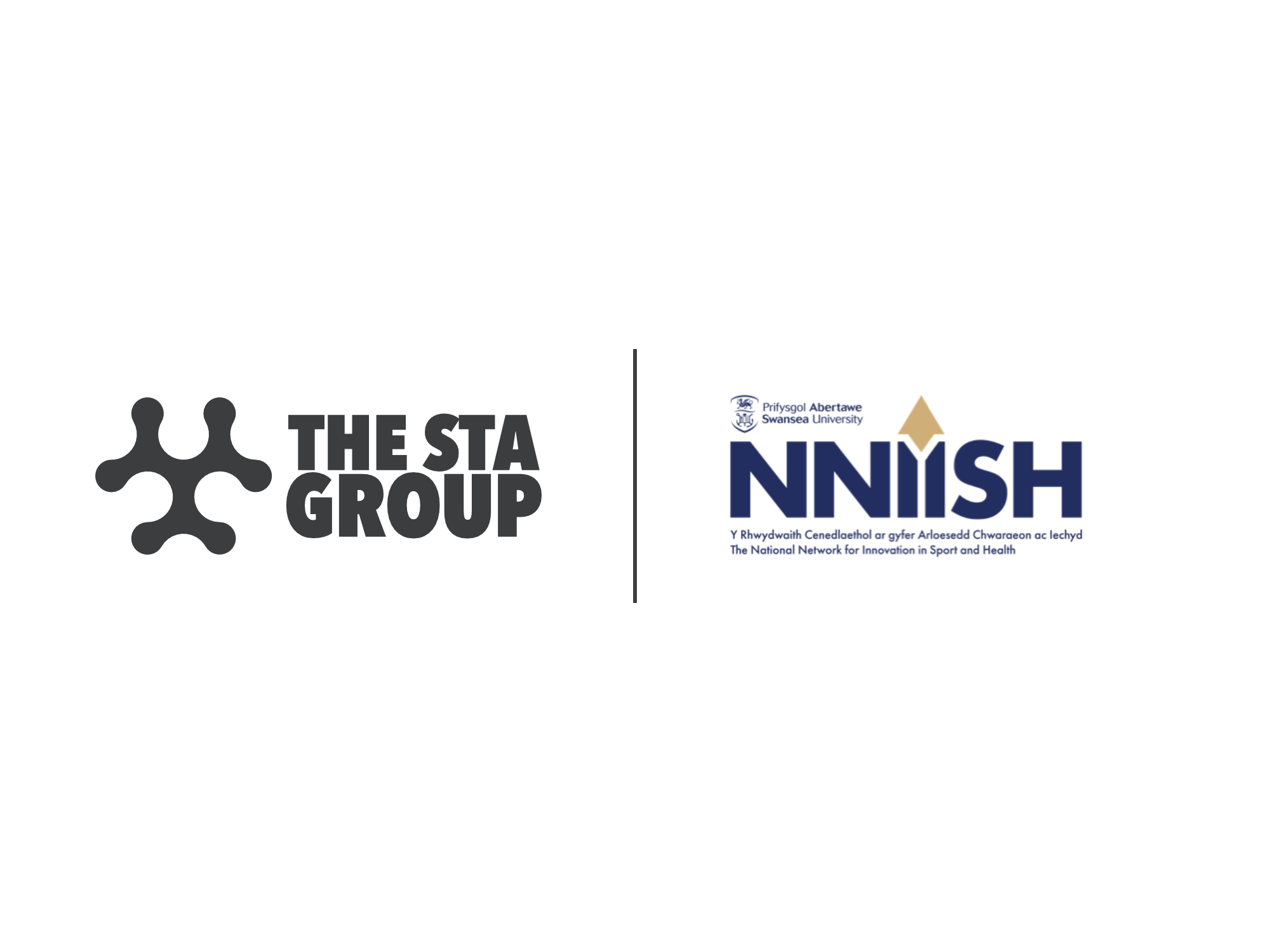All The Essential Sportstech News Right Here…
Continue readingIs Sports’ Tone of Voice Hitting the Wrong Chord On Injuries?
We’ve all heard and seen stories of young professional sportspeople defying good sense to go for glory. There was even an extensive montage paying tribute to ‘injury highlights’ in the opening ceremony of the Paris Olympics. But has the time come to change our tone of voice when discussing athletes and injuries?
On Saturday night, a super-charged, super-hyped boxing match saw Anthony Joshua badly beaten; AJ took four massive blows to the head before being finished in the fifth. Two weeks ago, the Miami Dolphins’ star quarterback, Tua Tagovailoa, suffered a third major concussion. Despite the suggestion he rethinks carrying on in the NFL – including from players – Tagovailoa is going to serve a month out before attempting to take to the field again.
It’s understandable: for these men as for many athletes, the money is mind-blowing. They have financial responsibilities; they are young and probably feel invincible.
Sportspeople are, overall, a tough lot, many of whom have been brought up with The Black Knight ethos of ‘it’s just a flesh wound’ despite being down two arms. They want to show the crowd – and themselves – they are fine, hence they determinedly limp off the pitch with an ACL, compete when injured and – worst of all at amateur or junior level – cave in to peer or coaching pressure to return quickly. All too often, the background commentary to this are words like ‘bravery’, ‘resilience’, ‘grit’ and ‘legend’.
Undeniably sportspeople have all of these qualities, but to use them alongside injuries like brain trauma and serious injury takes us all to a very dangerous place – not least the person to whom they are being ascribed.
But it’s not just the language that needs to change. It’s time to shift the sports science and tech conversation too.
It’s become a widely accepted issue that the majority of sports and health science research has male bias. Yet it is one thing stating that, another addressing it, and yet another to determine which area of the body to prioritize.
Much has been made of ACL injuries in women but what about mitigating female head injuries? Men are known to sustain brain damage through heading a soccer ball, yet nothing has been done to mitigate the risk to women – despite our necks being 32% weaker in flexion and 20% weaker in extension. Women don’t want to play with a lighter ball than male counterparts but, as the women’s game’s rises, sensible measures are needed quickly.
There is a growing pool of scientific research and medical tech that is helping governing bodies make better-informed decisions, but that comes with a Catch-22. For those in charge to use the tech, it needs to be scalable, affordable and standardized (ie, it lets someone tick a box). For tech to get to that point, it needs those in charge to use it. You can see the issue.
Sports’ bosses have a tricky balancing act. There is an ethical imperative to safeguard those who play sport, a financial imperative to safeguard their code’s longevity, and an aesthetic imperative to ensure that fans aren’t uncomfortable with the spectacle presented to them – not least as those fans have the power to prevent the next generation participating. In this landscape, managing serious issues like head trauma is hard but is essential. Unfortunately, there’s no immediate consequence for those who choose to kick this can down the road.
So what can be done to prevent young athletes mortgage their future health for our entertainment? Firstly, as suggested by the team at Love of the Game, it is time to introduce head scans for elite athletes when they reach 23. This is when the brain stops developing and will provide medics with a baseline by which to measure any future traumas. We also need to make athletes aware of what options are there for them – you’ll frequently see a footballer with their own GameReady kit, but I only know of one retired athlete with a PolarCap.
The conversation around Tagovailoa injury, when it happened, was very considered, but with each head trauma headline the subject risks becoming less newsworthy. We all want to recognize and celebrate the effort it takes for an athlete to return from injury, but glorification of poor choices is not good for sport. It certainly is very, very not good for sportspeople.
As for the Olympic montage? I once asked Derek Redmond what he felt about seeing the clip of his heartbreaking hamstring tear in Barcelona used so often.
His response: “I’d rather be remembered for what I won.”
Please read Love of the Game’s excellent chapter on Concussion and the role technology is playing in it, in The 2023 Sports Technology Annual Review available here
Gate.io and AWS’s ‘Gateway to Championships’ Brings Blockchain to the Forefront with FC Internazionale Milano Partnership
The recent ‘Gateway to Championships’ event, held on September 18 at Singapore’s iconic Raffles Hotel, was a milestone in both blockchain and football
Continue readingSwansea University and The STA Group Reveal Strategic Collaboration
NNIISH New Sponsor for The Sports Technology Awards
Continue readingThe 2025 Sports Technology Awards Launches Today and Introduces ‘The Arena of Innovation’
The Sports Technology Awards, the leading global celebration of tech-led thinking, launched today and introduced its new concept, ‘The Arena of Innovation’.
Continue readingAccess Innovation Newsletter Summary – 12.09.2024
All The Essential Sportstech News Right Here…
Continue readingThe Geek Will Inherit the Earth
Adrian Newey is something of a big deal in Formula One design.
Continue readingAccess Innovation Newsletter Summary – 05.09.2024
All The Essential Sportstech News Right Here…
Continue readingDynamic Ticketing? You’ve Got to Roll with It
Thanks to Oasis, we are all about to become far more interested in dynamic pricing
Continue reading







